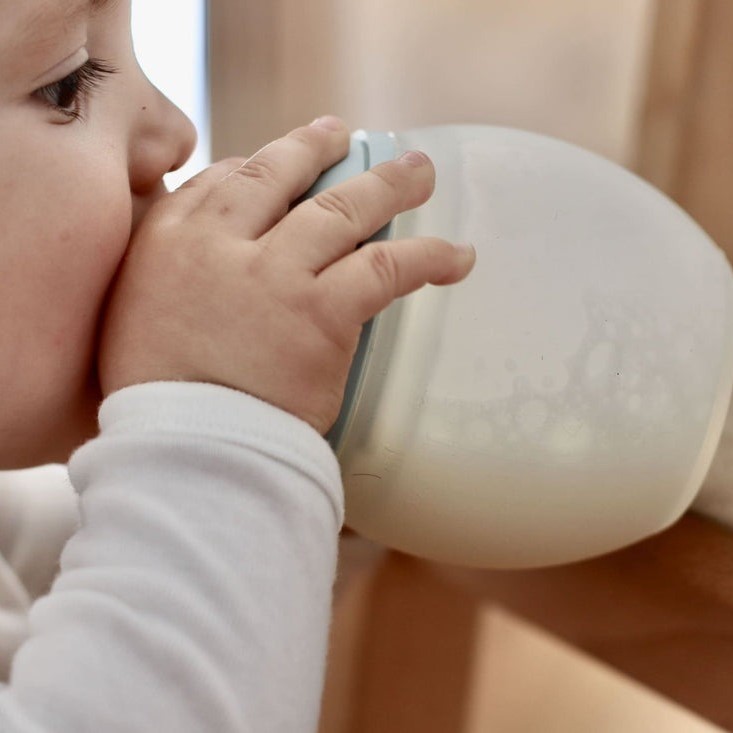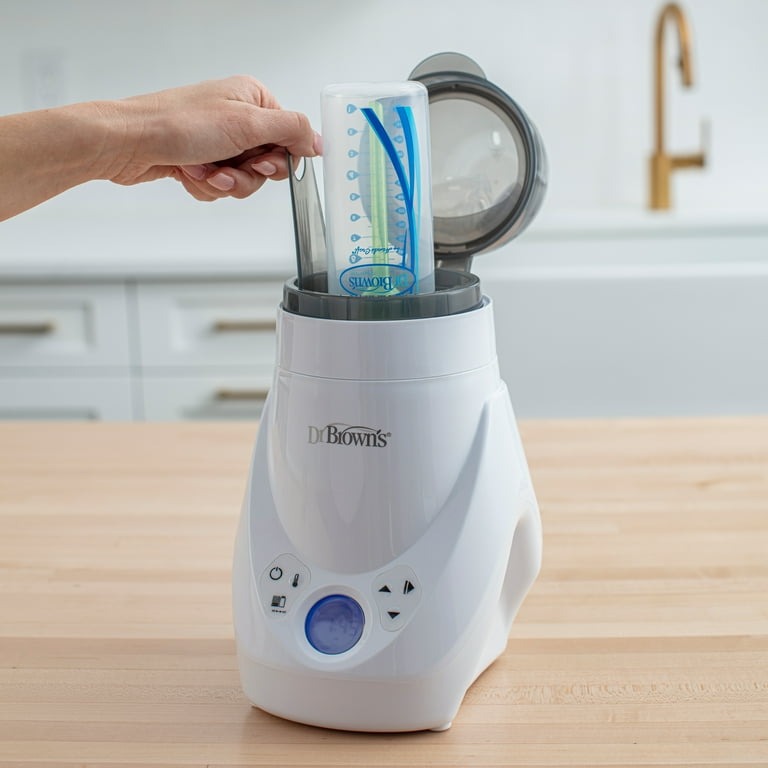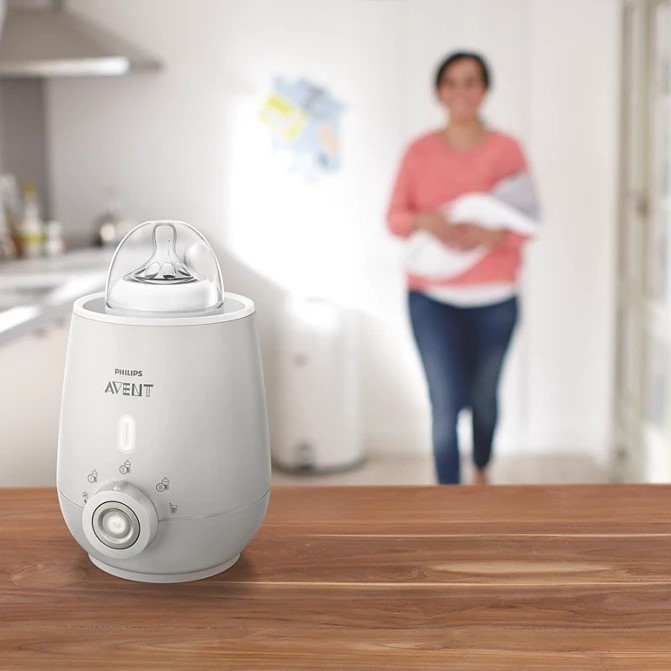As a new parent, one of the essential skills you’ll need to master is how to warm up breast milk safely and effectively. Whether you’re returning to work, running errands, or simply enjoying a night out, knowing the proper methods to warm breast milk can make feeding time smoother and keep your baby happy. This article will explore various techniques for warming breast milk, the best practices to follow, and some common mistakes to avoid.
Introduction to Breast Milk Warming
Breast milk warming is not always necessary but often preferred. When babies nurse, they receive warm milk. Mimicking this temperature with a bottle can make the transition smoother. The warming process can also reinstate milk’s natural consistency. After refrigeration or freezing, breast milk fat may separate. Heating it gently can mix the fat back into the liquid, resembling fresh milk. It’s vital, though, to warm breast milk safely to preserve its nutritional quality and antibodies. The following steps and precautions assist in ensuring that warmed milk is always at its best for your baby.
Safe Thawing Techniques for Frozen Breast Milk
When you freeze breast milk, it’s paramount to thaw it correctly to maintain its health benefits. First, plan ahead; transfer the frozen milk to the refrigerator for overnight thawing. It’s the gentlest way to defrost breast milk while preserving its nutritional value. Here are simple yet effective steps to safely thaw frozen breast milk:
- Transfer from freezer to fridge: The night before you need the milk, move it from the freezer to the refrigerator.
- Slow thawing: Allow the breast milk to gradually thaw in the fridge for up to 12 hours. This slow process helps maintain the integrity of the milk.
- Avoid microwaves: Never use a microwave to thaw breast milk. This method can destroy nutrients and lead to uneven heating.
- Warm water method: If you’re in a hurry, set the sealed bottle or bag in a bowl of warm water. This will thaw the milk more quickly.
- Room temperature: Alternatively, you can leave the frozen breast milk at room temperature for a short time. However, once it’s thawed, you should use it or store it in the refrigerator.
- Use it or lose it: Thawed breast milk should be consumed within 24 hours of being in the refrigerator. Do not refreeze.
Remember, handling breast milk with care is crucial for your baby’s health. By following these thawing techniques, you’ll ensure the breast milk retains its beneficial properties.
Step-by-Step Process to Warm Breast Milk from the Refrigerator

Warming breast milk from the refrigerator is simple and safe if you follow this step-by-step guide. First, remove the breast milk from the fridge and let it stand. Then, heat water using a kettle or microwave, ensuring it is not boiling. Next, pour the warm water into a bowl or cup. Submerge the sealed bag or bottle of breast milk into the warm water. Let it sit for 1-2 minutes until it reaches the desired temperature.
Before feeding, it’s crucial to mix the breast milk to even the fat that may have separated. Do this by gently swirling, not shaking, the bottle. Always test the milk temperature on your wrist. It should be warm but not hot, to avoid scalding your baby’s mouth. Remember, never dip your finger into the milk to prevent contamination.
If time is pressing and warm water isn’t heating the milk quickly enough, running it under hot tap water can work. However, be cautious to avoid burns or scalding. Throughout the process, use clean hands and clean equipment to maintain the breast milk’s purity.
In summary, warming breast milk from the refrigerator involves four simple steps: warm water preparation, bottle submersion, gentle mixing, and temperature testing. By following this method, you ensure the milk is at a pleasant temperature for your baby without compromising its nutritious value.
The Science Behind Avoiding Microwaves for Breast Milk
Using a microwave to heat breast milk is strongly discouraged. The core reason is the uneven heating microwaves cause. They create hot spots within the milk. These can scald a baby’s mouth and throat. Microwaves also risk damaging vital nutrients in the milk. They can destroy some immune-boosting elements.
Microwaving alters the composition of breast milk. It may reduce the activity of lysozyme, an antibacterial enzyme. It may also affect antibodies that protect against infections. These changes might decrease the milk’s health benefits.
Warm breast milk in safer ways to preserve its quality. Opt for a bottle warmer or a bowl of warm water instead. This ensures even heating and retains the milk’s nutritional content. Using these methods protects your baby from potential harm. It also provides them with the full benefits of breast milk.
Microwaving also raises concerns about BPA and other chemicals. These may leach from plastic bottles or storage bags when heated. To avoid this, never microwave breast milk in plastic. It’s better to use glass containers if you’re warming milk in warm water.
In summary, to keep your baby safe and the milk beneficial, avoid microwaves. Stick to recommended warming techniques. Ensure that your baby receives all the goodness breast milk has to offer.
Using Bottle Warmers: Pros and Cons

Bottle warmers heat milk evenly and are convenient. Using one is simpler than other methods. They warm quickly, saving time. Some fit different bottle sizes, adding versatility.
However, bottle warmers can overheat milk. This can damage nutrients. Overheating also risks burning your baby. Additionally, they cost money and require space. They might not fit all bottle types, either.
When warming breast milk in a bottle warmer, follow its manual. Always check the milk’s temperature. It should be body temperature, around 37癈. Unplug the warmer when not in use.
In summary, bottle warmers have upsides and downsides. They can be quick and even in heating. On the downside, they could overheat milk and may not fit every bottle type. Careful use is essential to avoid issues.
Storing and Handling Breast Milk before Warming
Proper storage of breast milk is key to maintaining its nutritional quality. Here are essential tips:
- Cool promptly: After pumping, cool breast milk quickly to prevent bacterial growth.
- Store correctly: In the fridge, place breast milk at the back. Here, the temperature is stable. In the freezer, use airtight containers and label with the date.
- Separate amounts: Store milk in small amounts. This reduces waste since you can thaw only what you need.
- Use older milk first: Keep the rotation fresh by using the oldest milk first. Label bottles with pumping dates.
- Avoid contamination: Keep containers sealed and hands clean when handling breast milk.
- Thaw sensibly: Thaw frozen milk in the refrigerator or in a bowl of warm water. Never refreeze.
By following these storage and handling guidelines, you protect the precious components of breast milk. This care ensures your baby gets the full benefits once it’s warmed and ready to enjoy.
Testing the Temperature: Ensuring the Milk is Safe for Your Baby
When you warm breast milk, it’s crucial to check its temperature before feeding your baby. Babies have sensitive mouths, and milk that is too hot can cause discomfort or burns. Here’s a quick guide to ensure the milk’s temperature is just right:
- Test on your wrist: Before giving the milk to your baby, sprinkle a few drops on your inner wrist. Your wrist skin is sensitive enough to gauge the warmth accurately.
- Look for a warm sensation: The milk should feel warm, not hot. If it feels comfortable on your sensitive skin, it’s likely safe for your baby.
- Use a thermometer: If you prefer precision, use a food or bottle thermometer. Aim for body temperature, around 37 degrees Celsius (98.6 degrees Fahrenheit), which is most natural for babies.
- No guesswork: Don’t try to gauge the temperature by looking or shaking the bottle. Always test to be sure.
- Stay patient: Wait a few moments after warming. This allows the milk to reach a consistent temperature throughout.
- Avoid direct heat: Never warm breast milk directly on the stove or in hot water from the tap as these methods can overheat the milk.
Checking the temperature of the milk is a simple but vital step. It’s all about ensuring your baby’s safety and comfort. Plus, it helps preserve the nutrients in the breast milk that are so important for your baby’s development.
Tips on How to Use and Store Leftover Breast Milk

Managing leftover breast milk is essential to avoid waste and maintain safety. Follow these tips for using and storing leftover breast milk properly:
- Label and date: Mark bottles or bags with the date you expressed the milk. Use the oldest milk first.
- Portion wisely: Store in small amounts of 2 to 4 ounces to minimize wastage.
- Cooler temperatures: Keep leftover milk in the back of the fridge for up to 2 hours.
- Discard if in doubt: If the leftover milk smells odd or separates, throw it out.
- No re-warming: Don’t reheat breast milk that’s already been warmed once. Use it or discard it.
- On-the-go storage: Carry an insulated cooler with ice packs for temporary storage.
- Freeze with care: When freezing milk, leave space for expansion and use within 6 months.
- Thawed milk handling: Thawed milk in the fridge must be used within 24 hours; don’t refreeze.
- Mix freshly pumped milk: You can add fresh milk to cooled, not frozen, milk within 24 hours.
By following these simple but vital tips, you’ll ensure that your baby receives the highest quality of breast milk, even when it’s stored and reused. Remember to always prioritize your baby’s health by adhering to proper storage and handling practices.